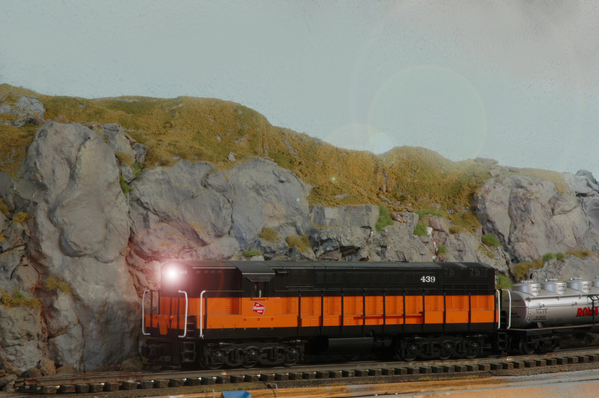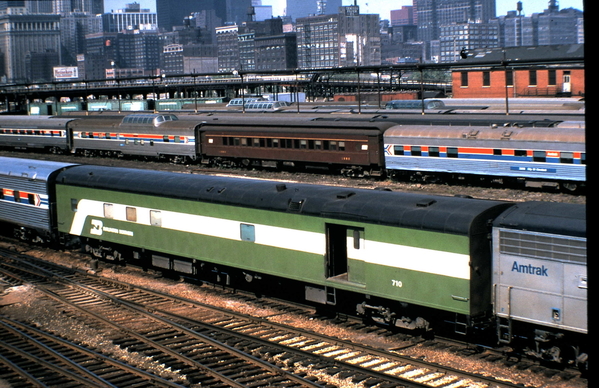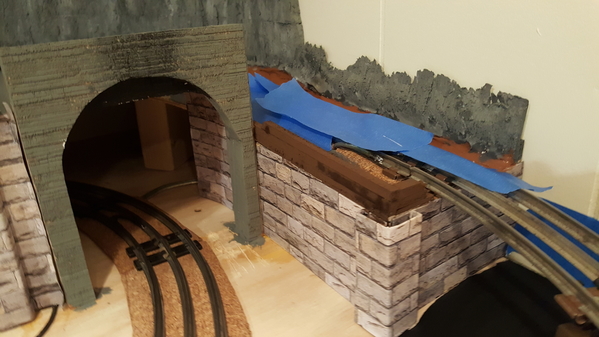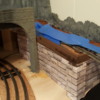Model railroaders have a wide range of experience and there is no more valuable lesson than having a plan and not rushing your work. Inexperienced modelers often rush or take short cuts and want to "get it done now and run trains." Experienced modelers know short cuts and rushing the work usually leads to problems and, sometimes, disaster. That is especially true when the work is relatively complex and a considerable amount of time is expended completing a project.
1) Spend lots of time rewiring a complicated structure, rework the street lights, install gooseneck lamps, totally rework the interior lighting. MISTAKE: Fail to measure carefully when drilling holes in the table top for wires and then sinking your poles and wires. RESULT: Your building is now 1/32" too close to the track and the switcher clips the corner of the roof.
2) Since you cannot move the building any longer, pull out all the wires you carefully routed and redrill the holes and run the wires again.
3) Once the wires are rerouted test the power and lights. Discover one tall street light no longer lights.
4) Utter a profanity
5) Check your wiring. Wires to the plug in. Good. Wires to the pole base. Good. Wires to the lamp. Not good. Wire has come loose. Of course, the wire is the thIckness of a human hair and the stub end is too short to solder.
6) Utter another profanity.
7) Take out the pole that was superglued in. Ummmm. Nope. Snaps off. Another profanity.
8) Since I used up my last pole, order another and wait four days.
9) New pole arrives and try to drill out the snapped off pole first. Cannot get the drill in. Use an Exacto blade. Cannot fit the blade past obstructions. Another profanity. Drill another hole, run the wires again. Test the two poles. Success. Place the base and poles in the final position.
10) Now install your building with reworked lighting and gooseneck exterior lamps. Drill a hole for the wires. Connect your wires. Turn on the power. One gooseneck is out. Check connections to power. Good. Check wire integrity. Good. Check soldered connections. Good. Lamp is bad. Pull the gooseneck out.
11) Utter a profanity. Place the building down and reach for the hammer. Take a deep breath. Put the hammer down.
12) Have a piece of apple cake and then go to the gym and work it off.













